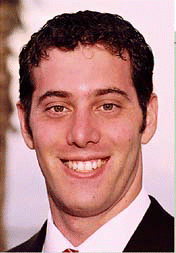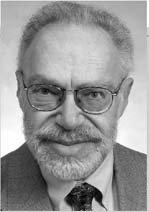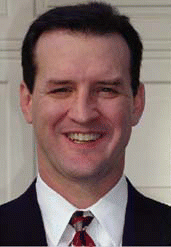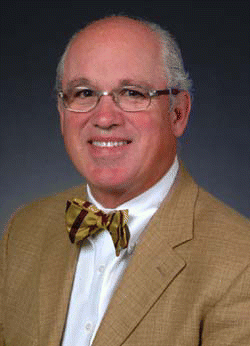The prevalence of biofilms was discussed in several presentations at the Combined Otolaryngology Spring Meetings here.


The prevalence of biofilms was discussed in several presentations at the Combined Otolaryngology Spring Meetings here.

With the federal government shouldering 45% of health care costs through five huge entitlements (see ENToday, April 2007) and a large federal deficit, the chance of politicians enacting a new federal entitlement for universal health insurance coverage is as likely as their conducting a smear-free political campaign.
I would like to commend Robert H. Miller, MD, on a well-balanced discussion in the February issue of ENToday concerning the pros and cons of pay for performance (P4P).

Frank Sinatra purportedly said of Rosemary Clooney that she was able to hit a note right in its center.


Just when I discovered the meaning of life, they changed it. George Carlin

Harold (Rick) Pillsbury, MD, President-Elect of the Triological Society, has been predicting for 10 years that there would be a need to hire people to help extend otolaryngology practices—in other words, physician assistants (PAs) and nurse practitioners (NPs). “I was right. That makes me the soothsayer here,” he joked.
Improving health care quality is absolutely the right thing to do for our patients, and different approaches are being used by the various organizations involved in health care.